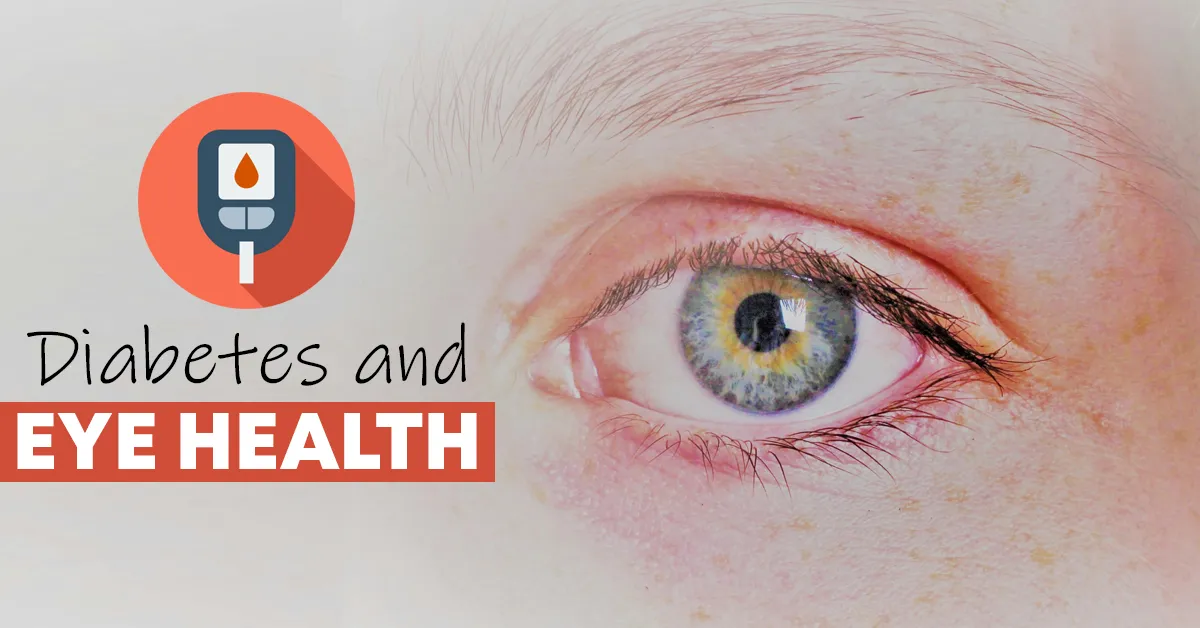The CDC estimates about 1 in 10 Americans have diabetes. Type 2 diabetes is the most common type of diabetes by a significant margin.
Diabetes can cause health complications in several parts of your body including your heart, kidneys, feet, hearing, vision, and more. In this post, we will highlight the vision-related complications of diabetes.
Approximately 38 million Americans are living with diabetes according to the CDC. Of those, the National Eye Institute estimates 1 in 15 will develop Diabetic Macular Edema (DME) which is just one type of eye-related diabetes complication.
What is Type 2 Diabetes?
Your pancreas produces insulin, which helps the sugar you consume make its way through your body to be used as energy. When you have type 2 diabetes though, your pancreas is unable to produce enough insulin to manage your sugar.
Your cells also respond poorly to insulin and thus can absorb less sugar. This makes you “insulin resistant.”
Without sufficient insulin, this process eventually results in high blood sugar and diabetes.
How Does Diabetes Affect Eyes?
Having high blood sugar can cause changes in fluid levels or swelling in the tissues of your eyes. This causes blurry vision but normally is a short term result of switching diabetes care plans or medicines.
Long-term high blood sugar can cause more serious eye complications, with damage potentially starting during prediabetes. On the back side of your eye are tiny blood vessels, which are susceptible to damage from high blood sugar that can result in the blood vessels leaking.
Common Types of Eye Diseases Associated with Diabetes
Diabetic Retinopathy – swelling caused by leaking blood vessels, or poor growth of new blood vessels can ultimately result in blindness.
Diabetic Macular Edema (DME) – swelling caused by leaking blood vessels in the eye can cause blurred or distorted vision.
Neovascular Glaucoma – commonly associated with pressure on the eye, glaucoma can result from high blood sugar levels damaging the eye’s retina and causing unusual blood vessel regrowth.
Cataracts – as you get older, cataracts can be very common, affecting about half of Americans over the age of 80. A cataract causes a cloudy buildup on the lens of your eye. People who have diabetes can have cataracts develop sooner and progress at a faster rate.
What Can You Do?
If you are diabetic or prediabetic, it is crucial to see your primary care provider regularly to ensure you are keeping your diabetes under control.
Regular eye exams are important for anyone, particularly those with diabetes. Seeing an eye doctor regularly can help you keep tabs on the health of your eyes as you manage your diabetes. Any changes in your vision or the health of your eyes should be reported to your primary care provider and eye doctor as soon as possible.
Vision is a crucial part of your life, so take managing your diabetes and eye health seriously to maintain the best possible vision in the long term.


